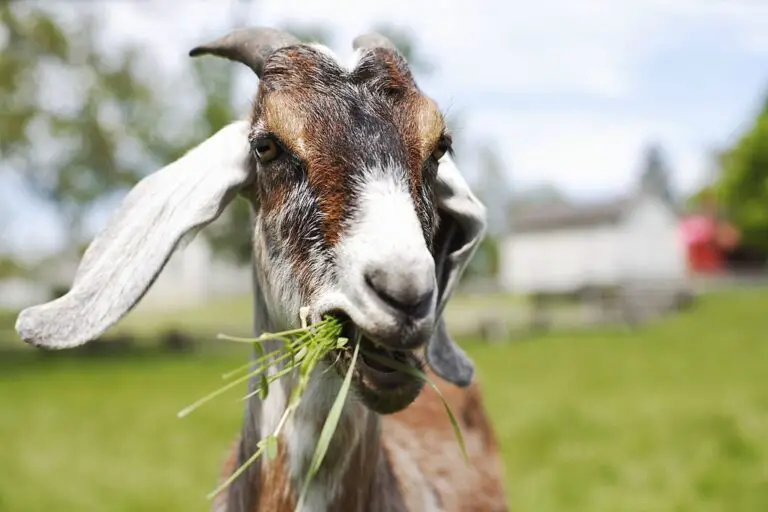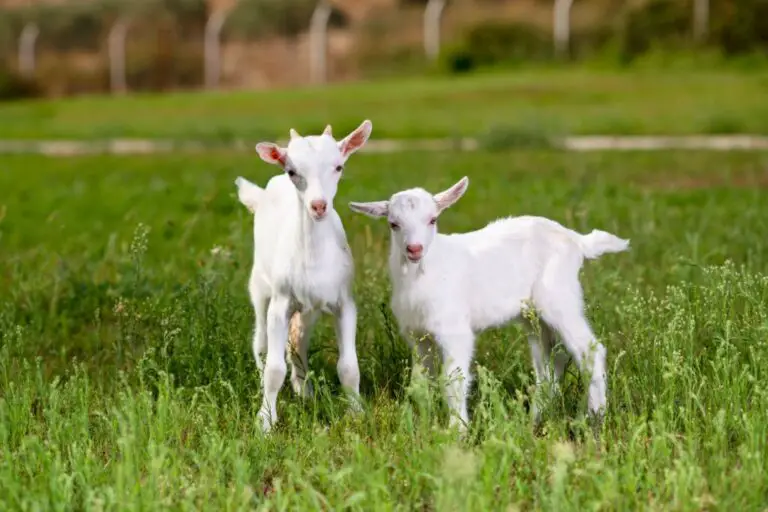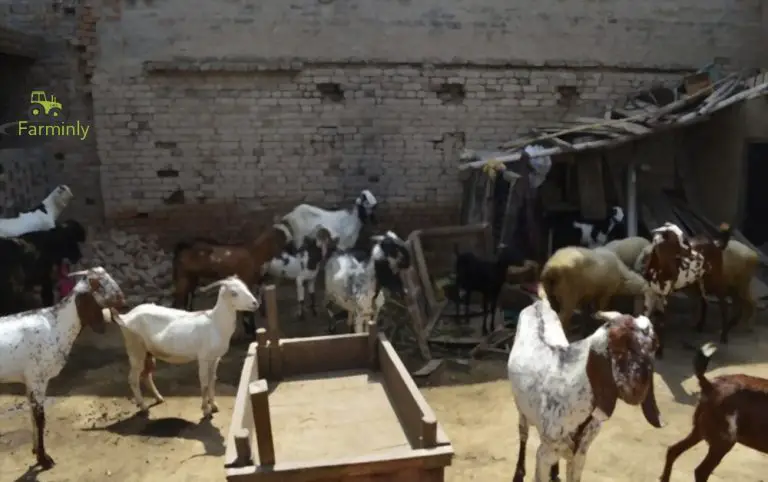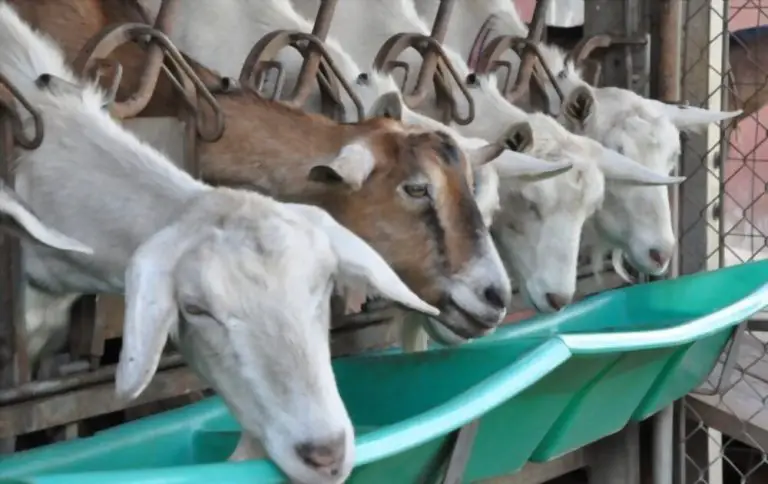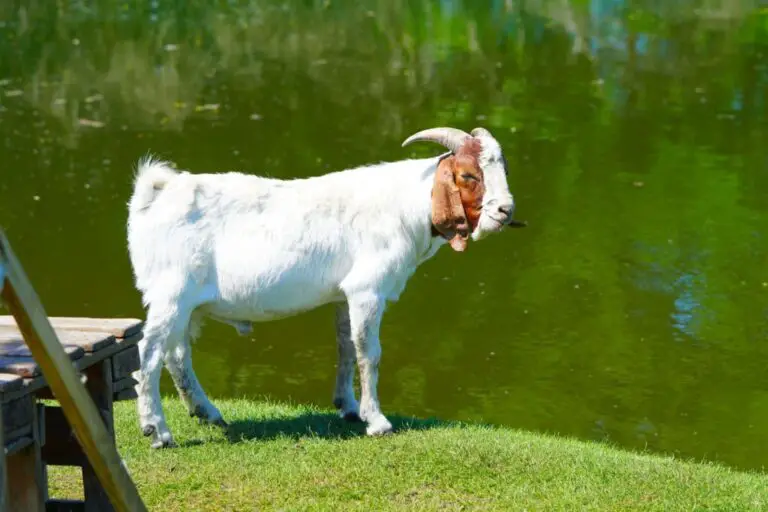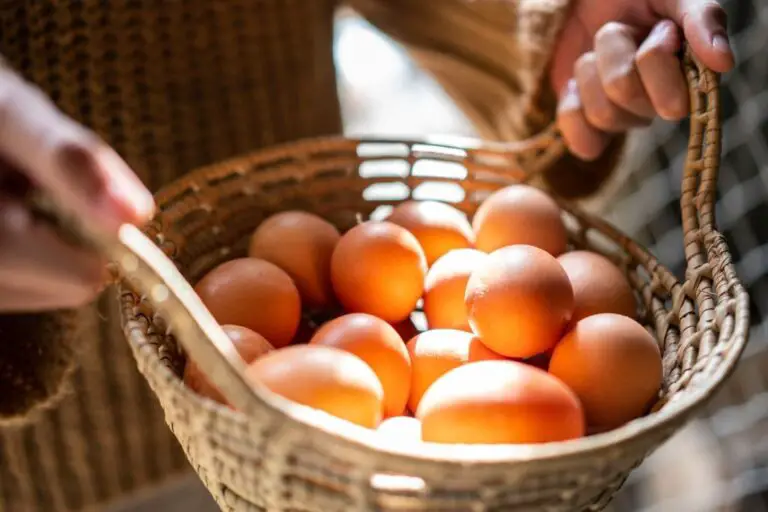Is Peanut Hay Good For Goats? Is peanut hay high in protein? Goats are ruminant animals who feed on forage a lot. They are herbivorous animals that feed mainly on plant-based feed. Goats love eating forage, from woody shrubs to fresh grass. Like cattle and horses, they are natural grazers who love grazing for hay.
Forage is regarded as the staple diet of goats, and it can be either grass or a legume such as alfalfa. However, peanut hay can substitute alfalfa hay, but is peanut hay good for goats?
To ascertain the truth, I have carefully drafted this article to show you whether or not you can feed your goats with peanut hay.
Is Peanut Hay Good For Goats?
Peanut Hay is good for goats because it is a high-quality forage legume similar to traditional alfalfa hay. Also, it has a high Relative Forage Quality (RFQ), which makes it an excellent option for pastures.
This benefits farmers and livestock owners in the southern regions since perennial peanut grows best across the Southern Coastal Plains and Florida Peninsula. Apart from feeding goats, peanut hays can feed beef cattle, horses, dairy cattle, and goats, including wildlife animals such as turkey and deer.
Recently, farmers have observed that when the goat feed is changed to peanut hay, there is usually a greater feed consumption, including greater weight gain and feed efficiency. Also, farmers of nonfarm animals, such as deer managers, are beginning to switch to Perennial Peanut Hay to help their animals gain weight and produce larger bucks.
Can Lactating Goats Eat Peanut Hay?
However, peanut hay isn’t good for a lactating doe. Alfalfa is the only hay with the appropriate protein content to meet the nutritional need of a lactating doe.

However, you must carefully and slowly increase the protein composition of a pregnant doe by adding the appropriate supplements to her diet as her pregnancy progresses. A sudden change in any diet, such as the alfalfa diet to the peanut diet, can cause many pregnancies or lactating doe problems. So alfalfa hay remains the best for all classes of goats.
Apart from promoting growth, good forage helps to keep the goat warm, especially during the winter. Warmth is essential to goats because they hardly develop thick coats because of their thinner skin.
So heat on the goat’s skin is usually a byproduct of bacterial fermentation in the rumen. So forage does not just keep them warm on the outside but also the inside.
So the rule here states that you should not make drastic changes to the diets of your goats. If you want to introduce new hay, for example, alfalfa hay, to peanut hay, you must do it slowly to avoid major digestive upset because the bacteria in their rumen need time to adjust to the new diet.
- Can Goats Eat Cabbage?
- Can Goats Eat Daisies?
- Can Goats Eat Walnuts?
- Can Goats Eat Mushrooms?
- Can Goats Eat Dog Food?
About Perennial Peanut Hay
Perennial peanut is a high-quality persistent forage legume primarily found in the tropic. Farm animals, such as dairy and beef cattle, hogs, rabbits, sheep, and goats, usually feed on it. It can be served as silage or dry hay and is a good substitute for alfalfa hay.

Also, it is widely accepted in Florida and used massively for livestock feeding because of its high yield, disease resistance, persistence, quality, and drought tolerance. You can plant the Perennial peanut on dry and sandy soils using rhizomes, or underground stems, taken from a nursery planting.
Once planted, it requires low-level management, as nitrogen fertilizer isn’t necessary. In Florida, the hay yields range from 3 to 5 tons per year for well-planted stands. The quality and uses of this peanut hay are very similar to alfalfa hay, coined “Florida’s alfalfa.”
Apart from Florida, you can grow peanut hay in South Georgia and southern areas of the Gulf States. Like Florida; you do not need any pesticide, herbicide, or nitrogen fertilizer to protect the traditional peanut forages.
Due to these features, peanut forage is regarded as an environmentally friendly—low resource-consuming crop essential to preserving agricultural systems.
Also, the Perennial peanut grows best when the sun is full. Specifically, it is grown in Florida during the hot season, where the weather is humid and long. So irrigation is mainly used to grow peanut forage in the south during the hot season.
Other Types of Hay Goats Can Consume
Every goat needs about two to four pounds of hay daily. This states the importance of hay to a goat’s nutritional needs. Apart from alfalfa, let’s look at other hay a goat can feed on and its nutritional content.
Firstly let’s examine Alfalfa hay
- Protein – 19%
- Fiber 26%
- TDN – 61%
Other hay a goat can feed on are:
Oat Hay
- Protein – 10%
- Fiber – 31%
- TDN – 54%
Orchard Grass
- Protein – 10%
- Fiber – 34%
- TDN – 59%
Clover Hay
- Protein – 15%
- Fiber – 30%
- TDN – 55%
Bermuda Grass
- Protein – 10%
- Fiber – 29%
- TDN – 53%
Brome
- Protein – 10%
- Fiber – 35%
- TDN – 55%
Please note that the minimum protein requirement for mature growth to grow appropriately is 7%. Anything below 6% will result in reduced dietary digestibility.
Conclusion
Balance is the key, even with the best hay. Ensure you balance your goat’s diet and avoid overfeeding them with particular hay if it is healthy.
Lastly, try mixing the diets up with goat’s pellets – it’s healthier to do so

